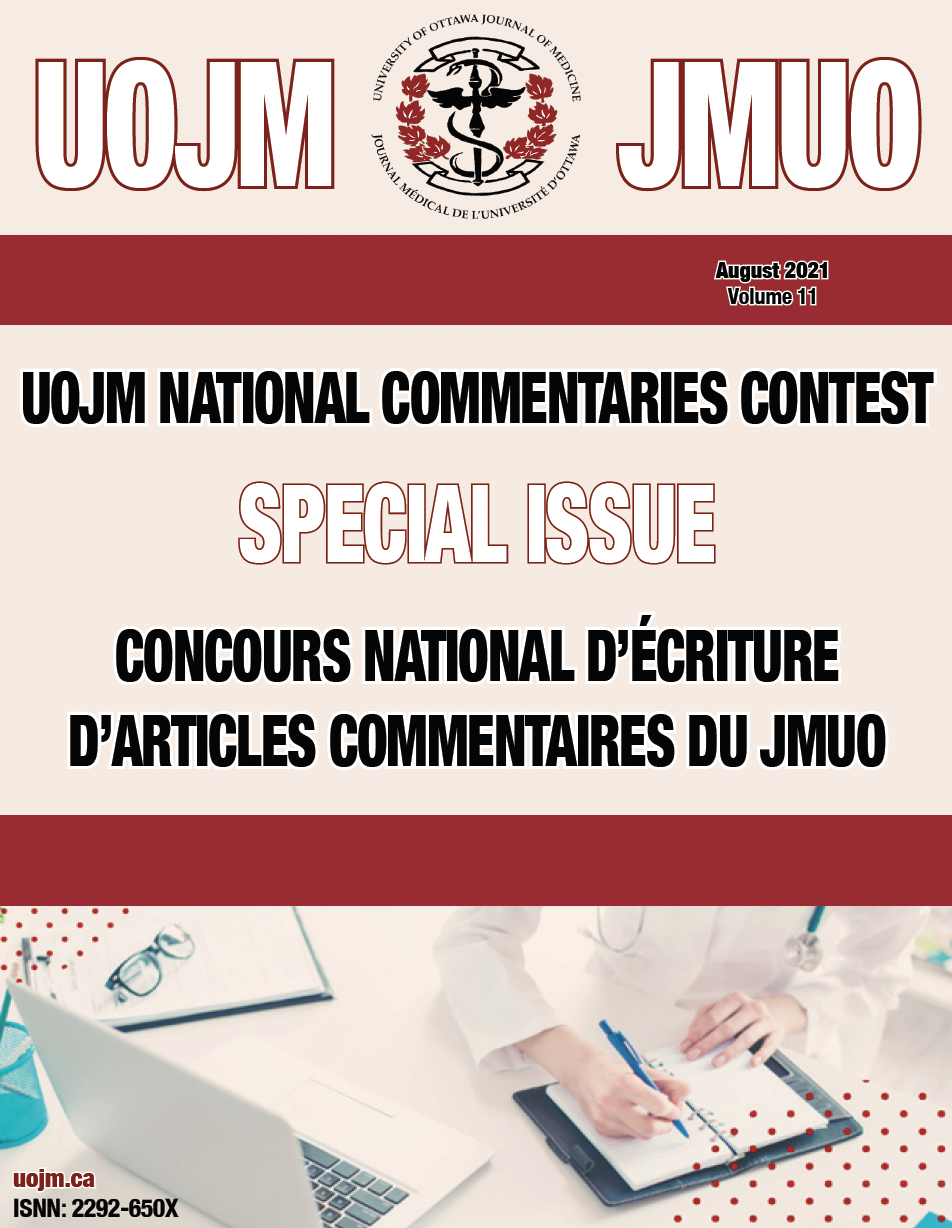Considerations on the Impact of COVID-19 Pandemic on Medical Education
Main Article Content
Article Details
- Authors publishing in the UOJM retain copyright of their articles, including all the drafts and the final published version in the journal.
- While UOJM does not retain any rights to the articles submitted, by agreeing to publish in UOJM, authors are granting the journal right of first publication and distribution rights of their articles.
- Authors are free to submit their works to other publications, including journals, institutional repositories or books, with an acknowledgment of its initial publication in UOJM.
- Copies of UOJM are distributed both in print and online, and all materials will be publicly available online. The journal holds no legal responsibility as to how these materials will be used by the public.
- Please ensure that all authors, co-authors and investigators have read and agree to these terms.
- Works are licensed under a Creative Commons Attribution-NonCommercial-NoDerivatives 4.0 International License.
References
Han, M., Portnova, A. A., Lester, M., & Johnson, M. (2020). A do-it-yourself 3D-printed thoracic spine model for anesthesia resident simulation. PloS one, 15(3), e0228665.
John Hopkins University. (2021). COVID-19 Dashboard by the Center for Systems Science and Engineering. from https://coronavirus.jhu.edu/map.html
Mansour, A., Alharbi, S., Almutiri, E., Almutiri, M., Almutairi, A., & Alharbi, A. (2020). Knowledge, attitudes, and willingness of medical students to volunteer in a disaster at Unaizah College of Medicine, Qassim University, Saudi Arabia. Int J Med Dev Ctries, 4(8), 1198-1207.
Rajab, M. H., Gazal, A. M., & Alkattan, K. (2020). Challenges to online medical education during the COVID-19 pandemic. Cureus, 12(7).
Rohlfsen, C. J., Sayles, H., Moore, G. F., Mikuls, T. R., O’Dell, J. R., McBrien, S., . . . Cannella, A. C. (2020). Innovation in early medical education, no bells or whistles required. BMC Medical Education, 20(1), 39. doi: 10.1186/s12909-020-1947-6
Srinivasan, M., Wilkes, M., Stevenson, F., Nguyen, T., & Slavin, S. (2007). Comparing problem-based learning with case-based learning: effects of a major curricular shift at two institutions. Academic Medicine, 82(1), 74-82.
Wang, M., Peng, J., Cheng, B., Zhou, H., & Liu, J. (2011). Knowledge visualization for self-regulated learning. Journal of Educational Technology & Society, 14(3), 28-42.

